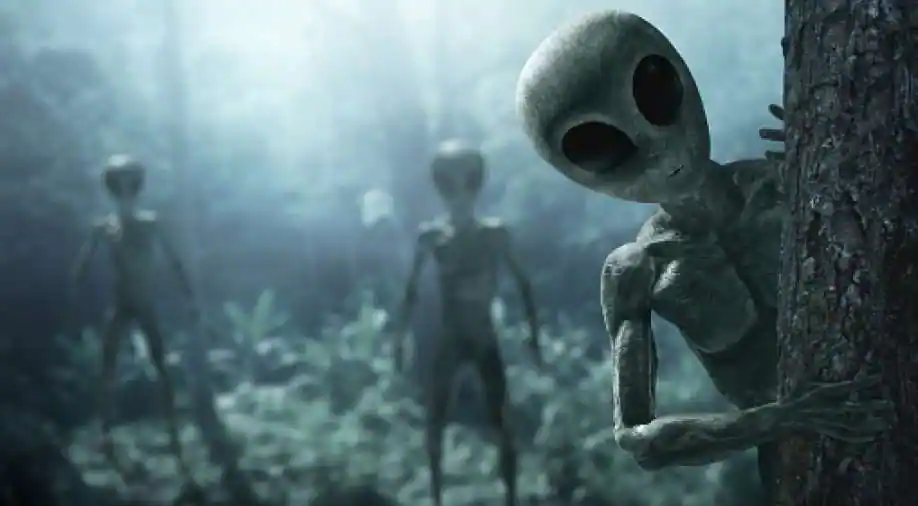The question of how the origin of life happened is still an unsolved problem that has existed for thousands of years. Many different scientific and religious opinions about the origin of life have been presented so far. Among these, the idea that life came to the earth from outer space, or “panspermia” holds a very special place.
Panspermia is based on the idea that life travels from one place in the universe to other life-friendly planets with the help of asteroids, meteors, and comets.
So today let’s find out if life came to earth from aliens…
History
Panspermia is a Greek word meaning spread seed. AD B.C. This argument is based on the ideas of “Annexagoras”, a Greek philosopher who lived in the 5th century. According to him, the seeds of life are scattered throughout the universe and are carried through space between planets.
The modern view of panspermia is very similar. Accordingly, it is also mentioned that with the help of asteroids, meteors, and comets, life travels from one place in the universe to other life-friendly planets outside it.
Prof. Fred Hoyle and famous Sri Lankan Prof. Chandra Wickramasinghe can be introduced as pioneer scientists to present this opinion. According to them, comets are mainly the means of transport that contribute to carrying life throughout the universe. A comet consists of a layer of ice surrounding a rocky or terrestrial nucleus. In addition, it contains many organic compounds. Accordingly, comets not only have the ability to contain organic compounds and water, which are necessary for living cells but also get protection from harmful ultraviolet and cosmic rays.
Allen Hills Observatory
On December 27, 1984, a group of geologists who were exploring in the Allen Hills area of Antarctica found a meteorite. Its sample number was 1539. The group may not have thought that it would become the most unusual meteorite ever discovered in the world or that American President Bill Clinton would express his views about this meteorite after another decade.
According to the tests carried out later, this meteorite was confirmed to be a part of the rock of Agaharu Graha. But the most amazing discovery was when it was observed through high-resolution electron microscopy. A group of micro-fossils that looked similar to Earth’s microbes was seen there. These ranged in size from 20 to 500 nanometers and were spherical, rod-shaped, and segmented in shape.
However, some scientists say that these features can also occur on meteorites through abiotic chemical reactions. For example, when the chemical composition of this meteorite was examined, the scientists were able to separate some of the amino acids found in it. But later it was confirmed that those amino acids were collected from the earth itself. Therefore, it is not possible to call this meteorite a strong factor for extraterrestrial life. But later this gave a good start to the search for extraterrestrial life. To date, scientists have been able to identify a number of complex organic compounds found in meteorites that could be the basis of life.
Can life survive in space…?
A lot of research has been done by the United States, the Soviet Union, and several other countries regarding the ability to live things to survive in space. Accordingly, a number of fungi, bacteria, bacterial spores, and lichens that can survive in space have been identified. It has also been found that the animal species known as Tagigrade is capable of sustaining its life under space conditions. Accordingly, it is impossible to rule out the possibility that certain organisms have the ability to maintain life in association with receivers, comets, and meteorites and travel throughout the universe.
Many types of microbes can be found in the interior of the earth, near volcanoes, hot springs, etc., which can survive even in the presence of temperatures, pressures, and chemical conditions that are harmful to normal organisms. A number of favorable environments for the survival of these species can be found in the planets and moons of our solar system. For example, some satellites of Jupiter and Saturn can be mentioned. We have received very strong evidence that there are oceans of liquid water in moons like Europa, Titan, and Enceladus, so the possibility of life being a common phenomenon in the universe is higher than we think. We will be able to get evidence for that in the near future.







